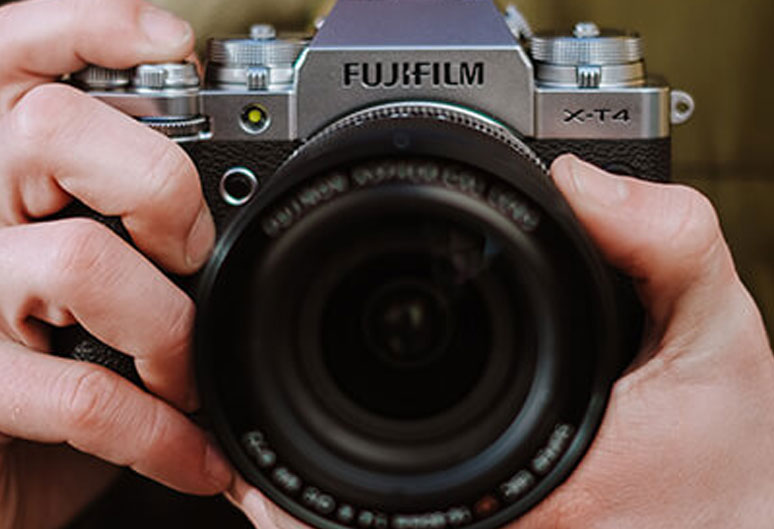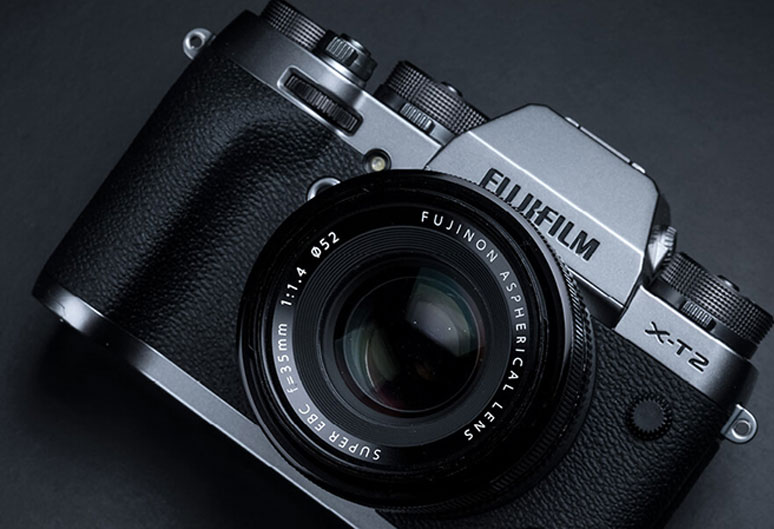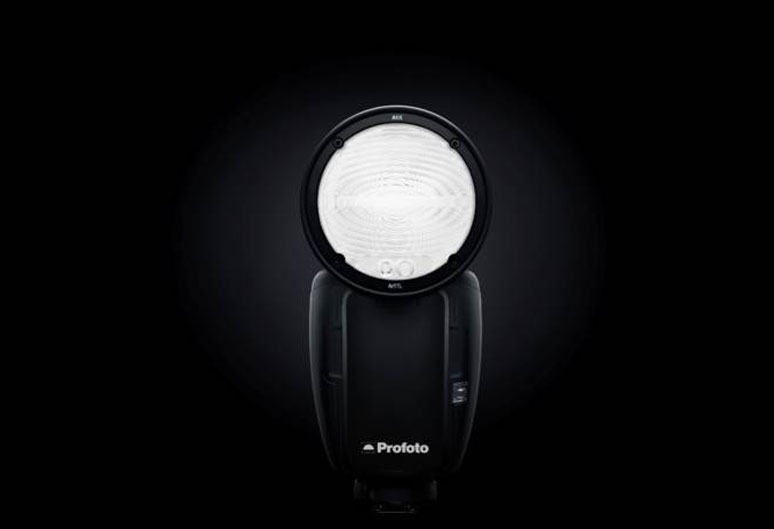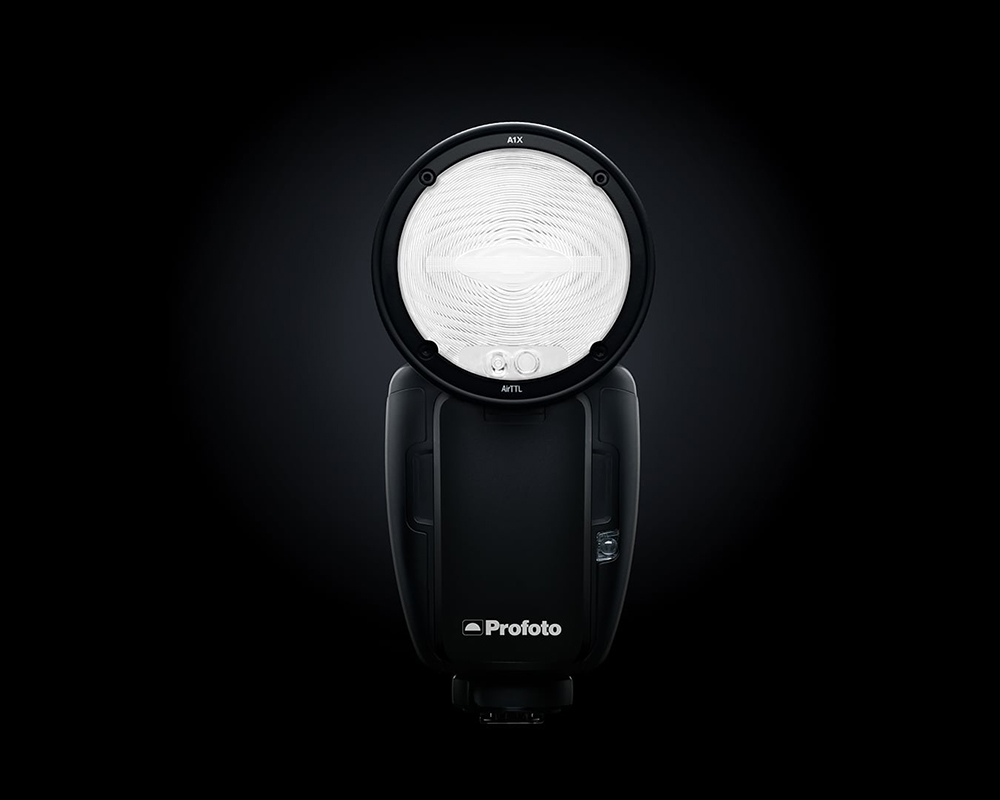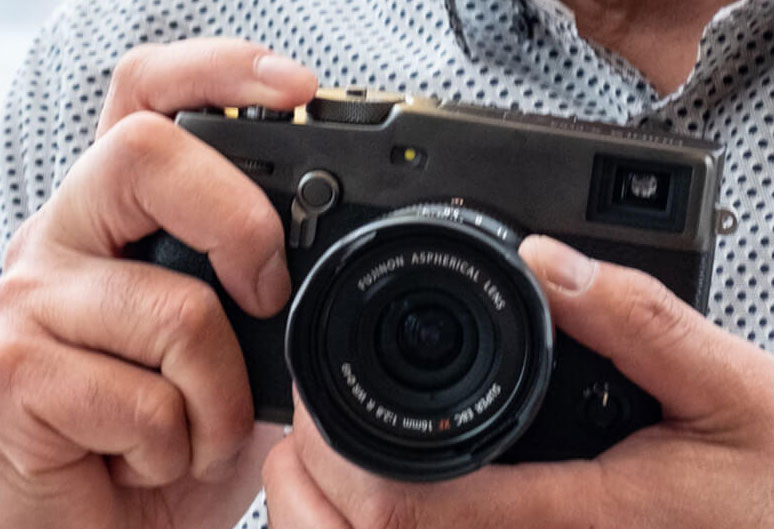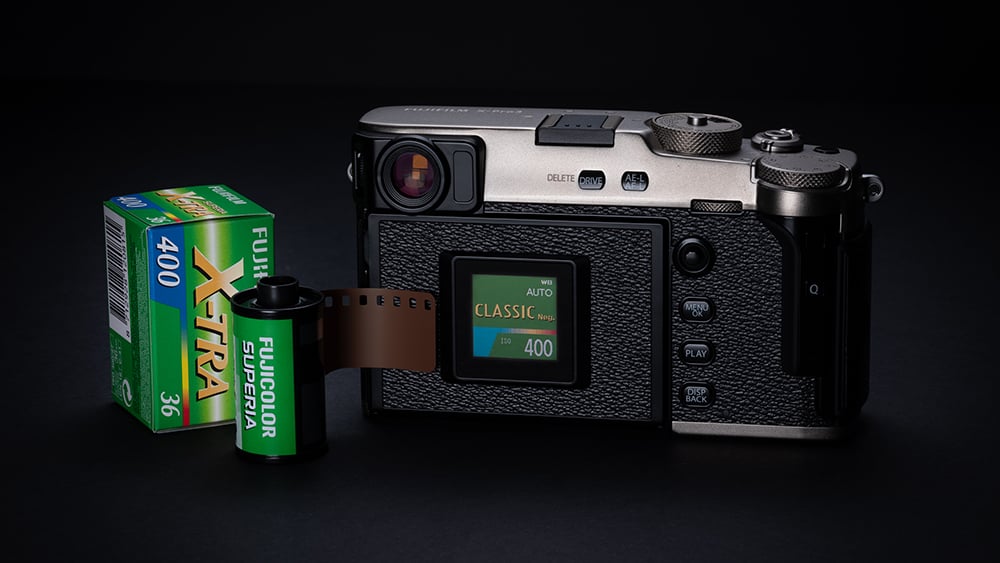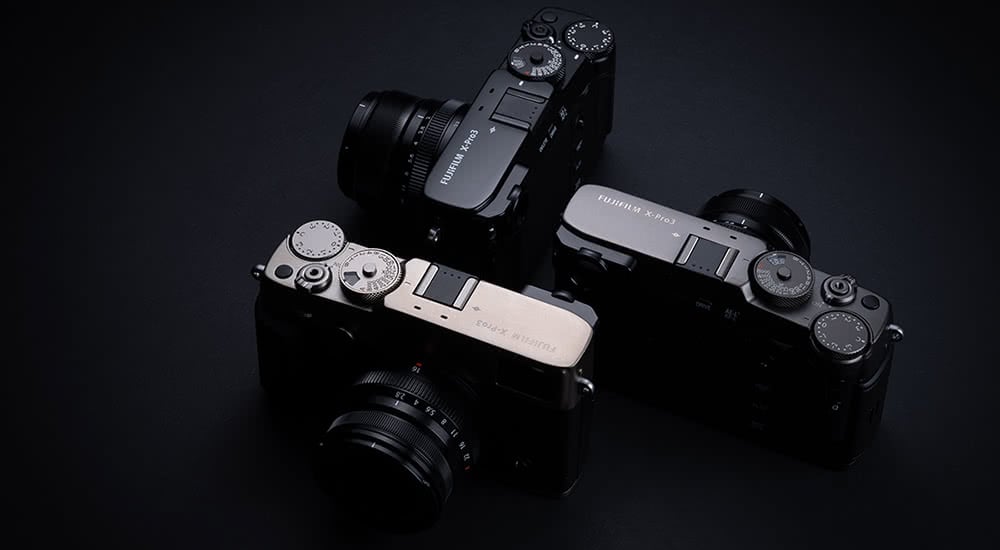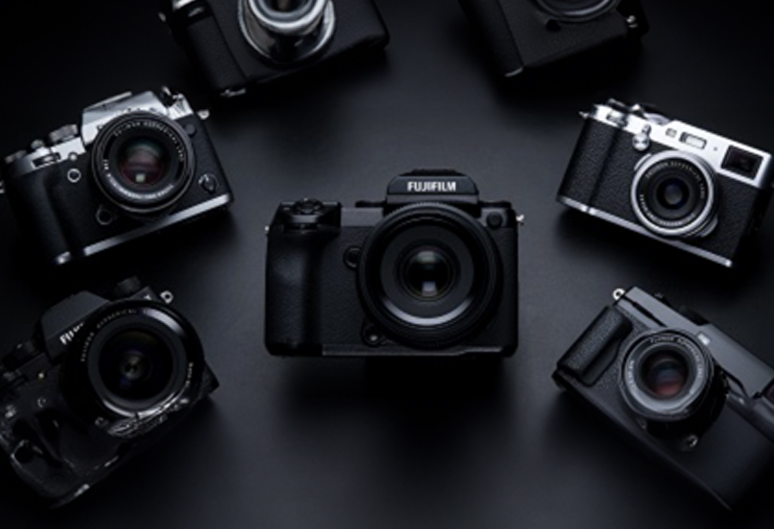The Fujifilm X-T4 is a compact mirrorless camera body with a 26.1 megapixel, APS-C sensor. New materials and new technology are employed to make the X-T4 an amazing camera with in body image stabilisation and longer battery life.
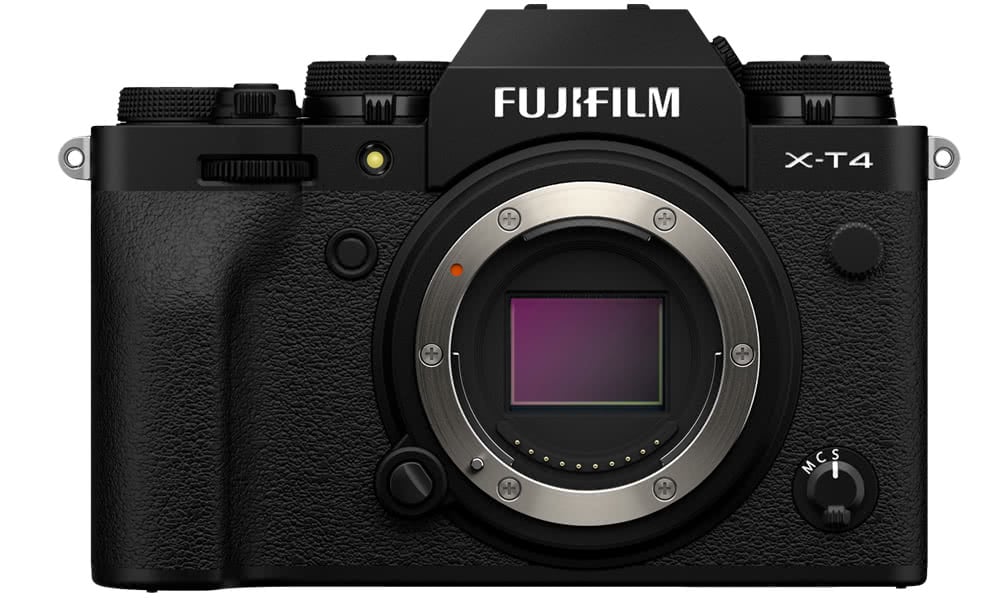
Fujifilm state that the X-T4 is the pinnacle of the X series. The 26.1 megapixel APS-C sensor will reproduce excellent details while maintaining high continuous shooting speeds and high definition 4K video recording. The Fujifilm X-T4 has launched at £1,549 in black or silver. See it for yourself in our showroom on Friday. For more information or to place an order call the sales team on 0207 582 3294 or email us at sales@fixationuk.com
New developments in detail:
New developments have been made to the: Shutter unit, AF Algorithm, image stabilisation (new to the X-T series), film simulation modes, camera battery.
IBIS – In Body Image Stabilisation
Highly anticipated, an IBIS system has been on the Fujifilm photographers’ wish list for a long time. The Fujifilm X-H1 had the first version of the technology for Fujifilm, but it required a larger chassis. The X-T4 is the first X-T series body to feature the technology and the newly designed sensor stabilisation is 8x more sensitive, 30% smaller and 20% lighter than the unit found in the X-H1.
The world’s fastest shutter
The new shutter in the Fujifilm X-T4 can shoot up to 15 frames per second, faster at the time of writing, than any other mirrorless APS-C or larger-sensor mirrorless camera. In normal use, when shooting with live-view, the fastest speed is 8 frames per second. The shutter’s shock-absorbing structure has been re-designed to aid the IBIS system’s stabilisation. The new shutter is 30% quieter than the X-T3, and it is more durable. The X-T4 shutter is rated up to 300,000 actuations.
AF Algorithm
Tracking AF has been dramatically enhanced with double the AF tracking success rate of the X-T3. The Face / Eye AF performance has also been improved in the X-T4. This enhanced tracking makes focussing and shooting portraits easier than ever before.
ETERNA bleach bypass
This new film simulation mode emulates an alternative colour film processing technique. The result is low saturation and high contrast images straight from the camera. The technique it is based on skips a bleaching stage in traditional colour film processing which would removes the silver (black and white) particles in the film adding more grain. Fujifilm digital cameras feature a wide range of film simulation options.
Battery Life
The FujiFilm X-T4 uses a new battery, the NP-W235 has 1.5x the capacity of the NP-W126s, which powered the X-T3. In Fujifilm tests the new battery will power the X-T4 for 500 frames per charge. The optional VG-XT4 battery-grip holds two additional batteries. This can increase the battery live to 1,700 frames.
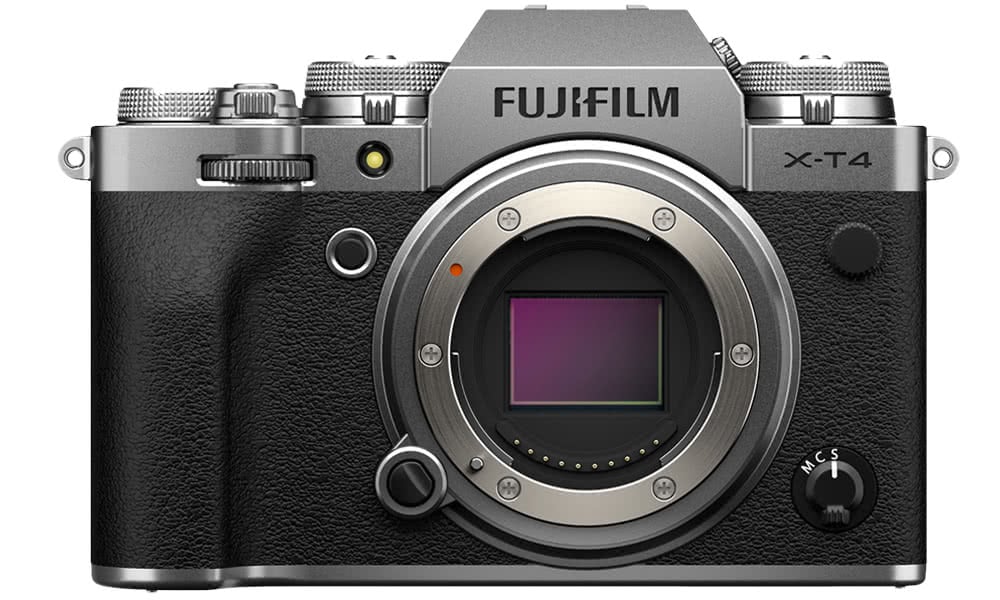
For more information, to request a quote or to place an order call the sales team on 0207 582 3294 or email us at sales@fixationuk.com

